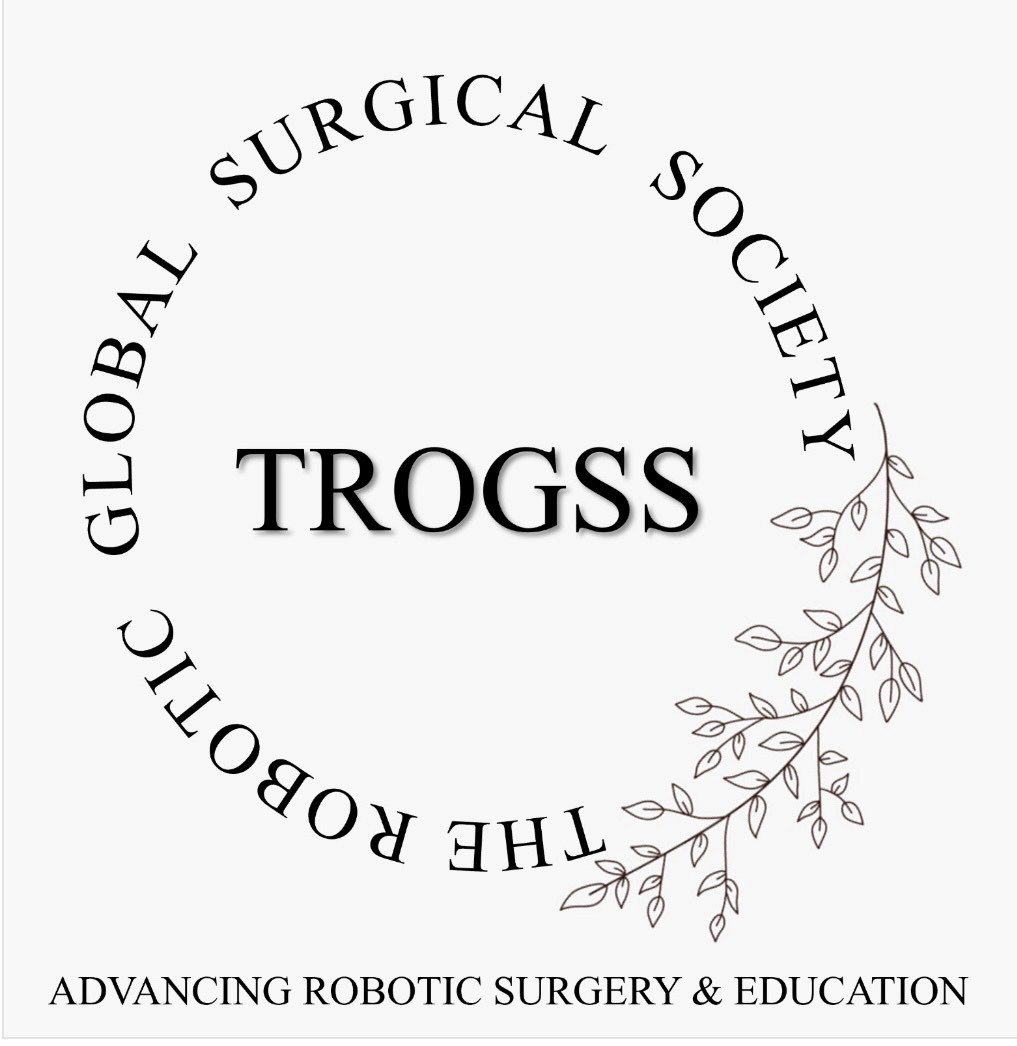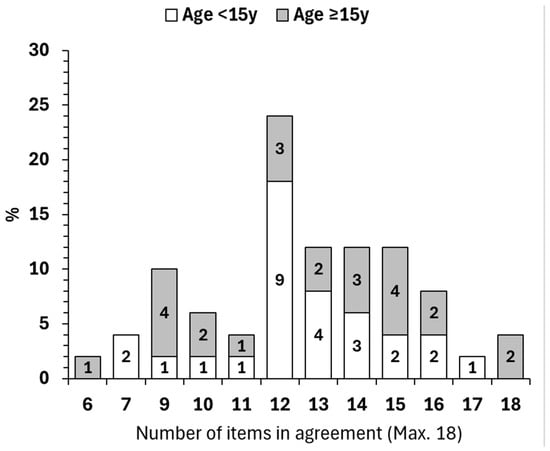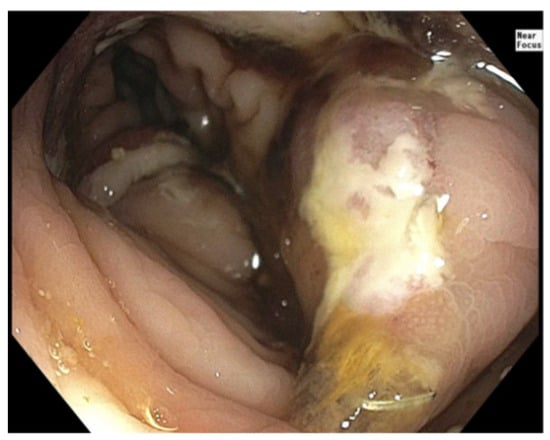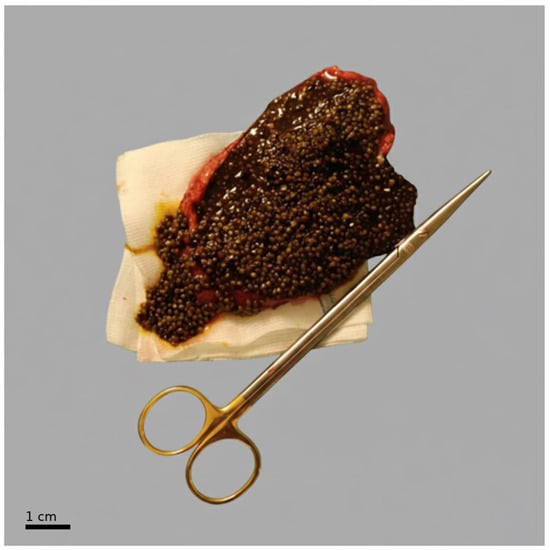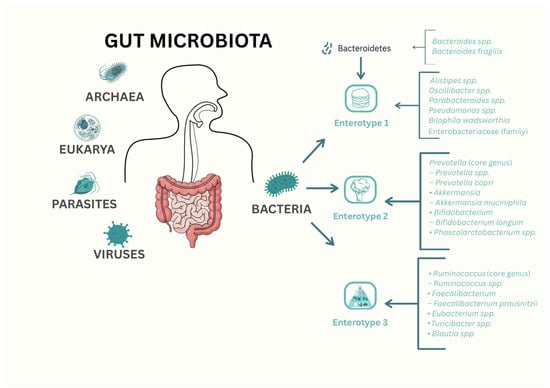- Article
Can Parents Provide Accurate Proxy Reports of Self-Management Skills for Their Child with Inflammatory Bowel Disease?
- Angharad Vernon-Roberts,
- Francesca Musto and
- Marina Aloi
- + 3 authors
Background/Objectives: Children with inflammatory bowel disease (IBD) are managed with multi-modal treatment strategies, including non-clinical components such as the development of self-management skills. Assessment tools have been developed to quantify such traits, and parents may be asked to provide proxy reports on behalf of their child. The aim of this study was for child/parent dyads to complete a self-management skills assessment tool [IBD-STAR] to assess the agreement level between reports. Methods: Children aged ≥10 years with IBD, and one parent/caregiver, were recruited from three tertiary care centers in New Zealand, Australia, and Italy [translated version]. IBD-STAR is scored as completing skills independently [score = 2], with help [score = 1], or not at all [score = 0]. Individual agreement was assessed as a proportion of the maximum agreement on items, category agreement as inter-rater reliability using Gwets AC1 coefficient, and aggregate agreement as a Bland–Altman plot and correlations between child/parent percentage scores. Results: Fifty child/parent dyads participated; child mean age of 14.5 years (±2.4), 31 (62%) female, and 31 (62%) had Crohn’s disease and 19 (38%) ulcerative colitis. At the individual level, the mean proportional agreement was 0.70 (±0.15), equating to complete agreement on ≥12 IBD-STAR items. Category agreement was in the range of 44–94% for items, parents were more likely to underestimate self-management skills, and inter-rater reliability ranged from poor to very good for items, and ‘good’ overall. Aggregate agreement showed high correlation between child/parent % scores (R 0.77, p < 0.001, CI 0.63 to 0.87), and 47 (94%) of the pairs had % scores within two standard deviations of each other. No level of agreement was associated with any independent variable. Conclusions: Parental proxy reports of self-management skills using IBD-STAR had acceptable agreement. The trend towards parental underestimation should be considered when child self-report cannot be assessed.
30 December 2025


